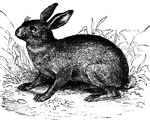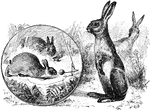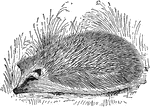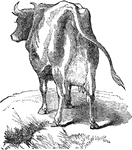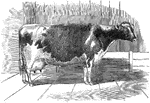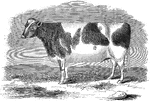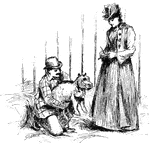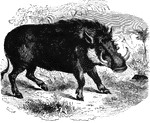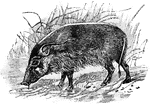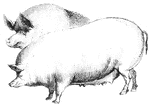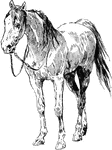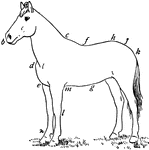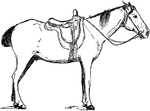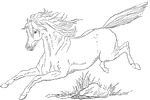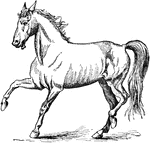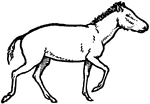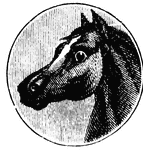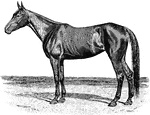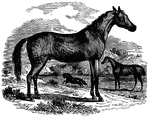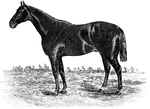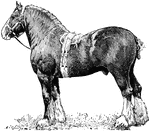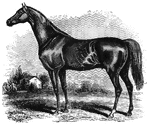The Mammals: H ClipArt gallery contains 83 illustrations of mammals starting with the letter "H" including: hamster, hare, hartebeest, hedgehog, hippopotamus, hog, horse, hydromys, hyena and hyrax.

Hamster
Hamsters are rodents. They are adapted for rapid and continuous gnawing, and they live chiefly upon…
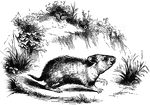
Hamster
It is a reddish-brown color above and black below, but variations in color ar enot uncommon. The length…
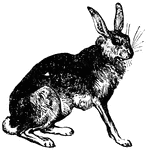
Hare
Hares are larger than rabbits, with longer ears and hind legs. They live above ground in nests. Hares…
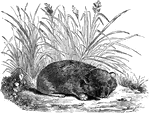
Calling Hare
"It has a head loner than usual with hares, and thickly covered with cur, even the tip of the nose;…
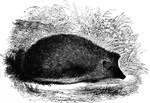
Hedgehog
"The body is short, thick, and stout; the nose pointed, the tail short or entirely wanting, and the…
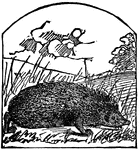
Hedgehog
A small animal having the hair on the upper part of its body mixed with prickles or spines, and endowed…

Hedgehog
"Hedgehog is a quadruped distinguished by having the body covered with spines instead of hair. The skin…
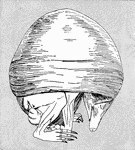
Skinned Hedgehog
A skinned hedgehog. This image is supposed to show the muscles of the back which contract to make the…

West European Hedgehog
The West European Hedgehog (Erinaceus europaeus) is a small mammal in the Erinaceidae family of hedgehogs.
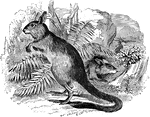
Cape Helamys
"These animals have a large head, a long body, long pointed ears, large eyes, and long hind-legs used…
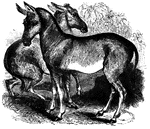
Hemiones
"In this the fur is short, smooth, and bright red bay; the legs are straw color; there is a broad, longitudinal…
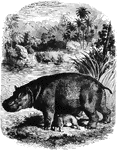
Hippopotamus
"Of this the muzzle is exceedingly thick and blunt, the head is very large, but the greater part of…

Hippopotamus
The Hippopotamus is the river horse of Africa, a genus of a family of ungulates, which contains only…

Guinea Hog
"It is of the size of a common hog; has long, narrow, straight ears, with a pencil of hair at the tips.…

Wart Hog
"The Wart Hog closely resembles the true hogs in most of their characters, and particularly in their…
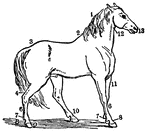
Horse
A horse, with names of parts. 1, crest; 2, withers; 3, croup; 4, hamstring; 5, hock; 6, cannon; 7, fetlock;…

Ten Broeck
"The fastest race horse in the world. His best time, May 24, 1877, was 1.39 for one mile." — S. G.…
